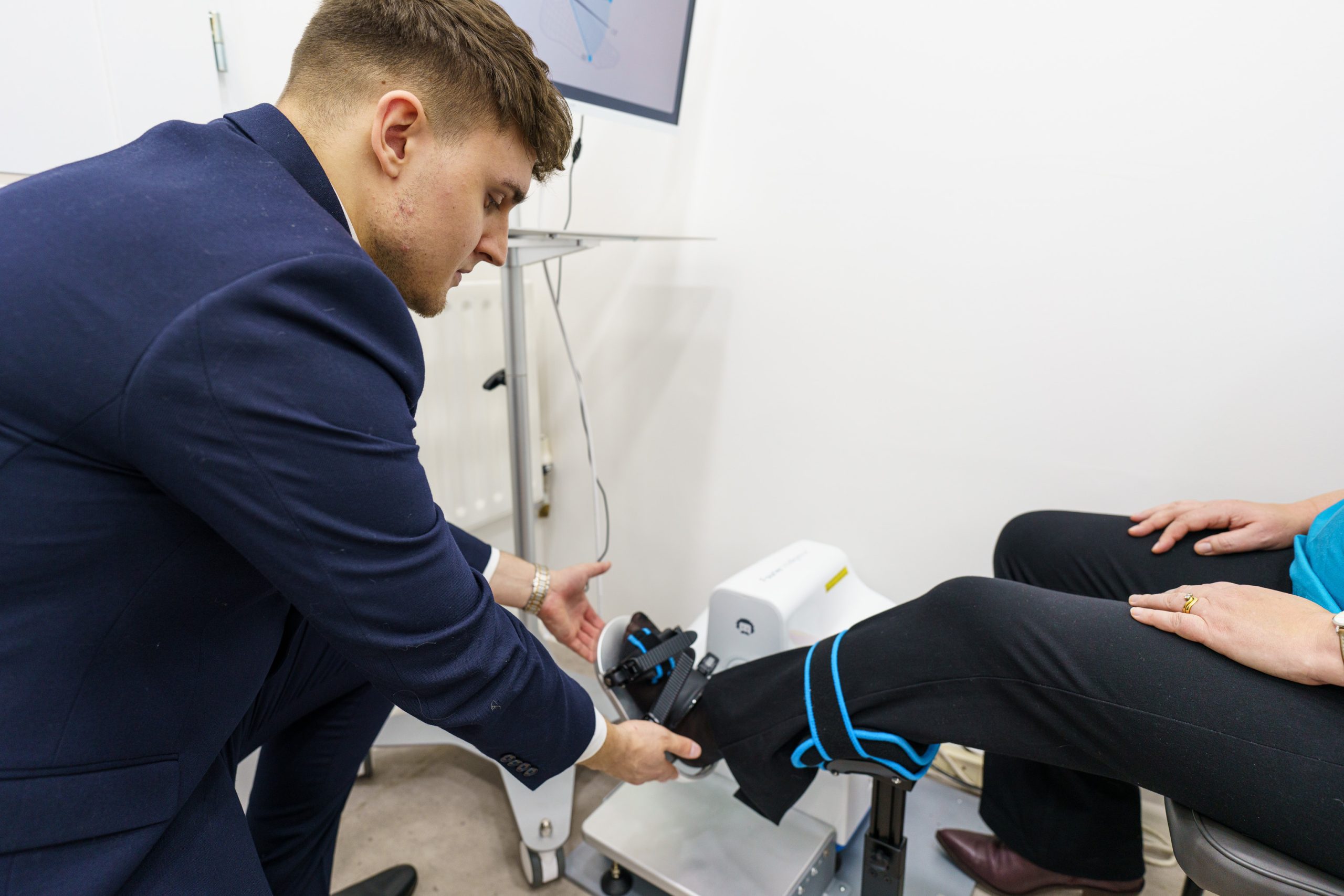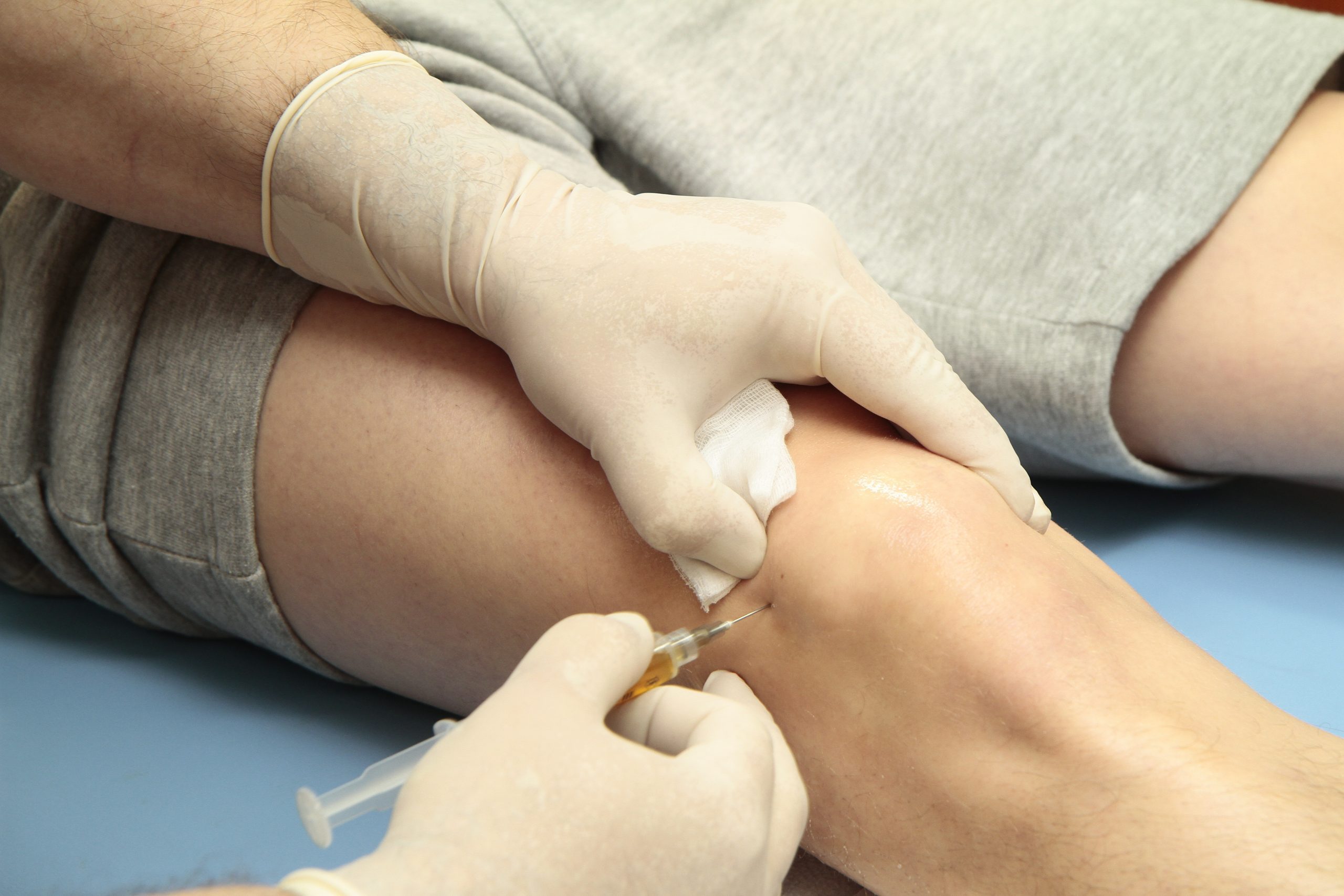

ACL Repair
Book a Detailed Treatment Call


Who is an Ideal Candidate for BEAR and STARR Repairs?
Each method is designed to enhance the natural healing of your ACL, providing options that maintain the original anatomy of your knee.
- BEAR Repair: Utilises a bridge-enhanced approach that encourages the natural healing of torn ligaments without the need for grafts.
- STARR Repair: Employs an advanced scaffold augmented with growth factors, improving the integrative and regenerative capacities of the repair process.
Our BEAR and STARR repairs are not one-size-fits-all solutions. Ideal candidates for these innovative ACL repair techniques include:
- Individuals with proximal ACL tears suitable for reattachment.
- Patients who prefer a less invasive approach with a potentially faster recovery.
- Athletes and active individuals aiming for optimal functional recovery.
Benefits of Choosing ACL Repair
Advantages of Repair Over Reconstruction:
- Faster Recovery and Return to Activity
- Preservation of Knee’s Natural Anatomy and Proprioception
- Lower Risk of Long-Term Complications
- Minimally Invasive with Fewer Postoperative Discomforts
Why choose London Cartilage Clinic for ACL repair?
ACL repair is cutting edge surgery that offers patients an effective alternative to ACL reconstruction. As an exclusive clinic specialising in innovative treatments for cartilage and joint issues, London Cartilage Clinic has extensive, proven experience of getting the best outcomes for our patients. Our specialists are at the top of their field with in-depth knowledge and expertise in ACL repair surgery, meaning you’re in the safest possible hands.




Frequently Asked Questions
The Bridge-Enhanced ACL Repair (BEAR) implant is a revolutionary medical advancement that encourages your body to heal itself when the ACL is torn, rather than replacing it with another tendon like in reconstruction surgery. The implant effectively works with your blood as a bridge to help the torn ends of the ligament heal back together.
Due to the synovial fluid in the knee, the blood is unable to form clots when it needs to heal, but with the BEAR implant, the blood can be held and protected in the gap between the ends of the ACL. This allows the blood to form clots and heal the tear.
The BioBrace is another method used in ACL surgical repair to strengthen the ligament and optimise healing. BioBrace is a reinforced bioinductive implant that is comprised of both synthetic and biological materials. Its unique properties allow it to share the load and support the ligament throughout the healing process.
It does this using its highly porous collagen scaffold and microfilaments to reinforce it. The clever design and structure of the BioBrace enables regeneration of blood vessels and fibroblasts into the scaffold to naturally integrate with the tissue surrounding it.
ACL repair and ACL reconstruction are distinct approaches to treating ACL injuries. While both aim to restore knee stability and function, they differ significantly in technique, recovery, and long-term effects on the knee joint.
ACL Repair: Focuses on suturing the original ligament, preserving as much of the natural tissue as possible. Ideal for patients with specific types of ligament tears and those seeking quicker recovery times.
ACL Reconstruction: Involves replacing the damaged ligament with a graft, typically taken from another tendon in the body. This is often recommended for complete tears or when the ligament is severely damaged.
A key benefit of BEAR and BioBrace is the reduced healing time for some individuals in comparison to ACL reconstruction. Also, repair techniques promote more natural self-healing. However, ACL reconstruction still has a higher success rate compared to repair, which is more important to some patients despite the longer recovery time.
To be a good candidate for ACL repair using the BEAR implant or STARR you need to be an adult with a complete rupture of the ACL that has been confirmed by an MRI. Like with reconstruction surgery, ACL repair is a common option adults who have injured their knee during sports.
A detailed assessment with our specialists, including imaging and physical exams, will determine the best approach for your specific condition.
Recovery varies by individual but typically is quicker than reconstruction, with many patients resuming light activities within weeks.
Risks are minimal and significantly lower than those associated with traditional reconstruction, especially when it comes to long-term joint health.
Yes, in the rare event that ACL repair does not achieve the desired outcome, conversion to reconstruction is a viable option.
 Cartilage
Cartilage Knees
Knees
